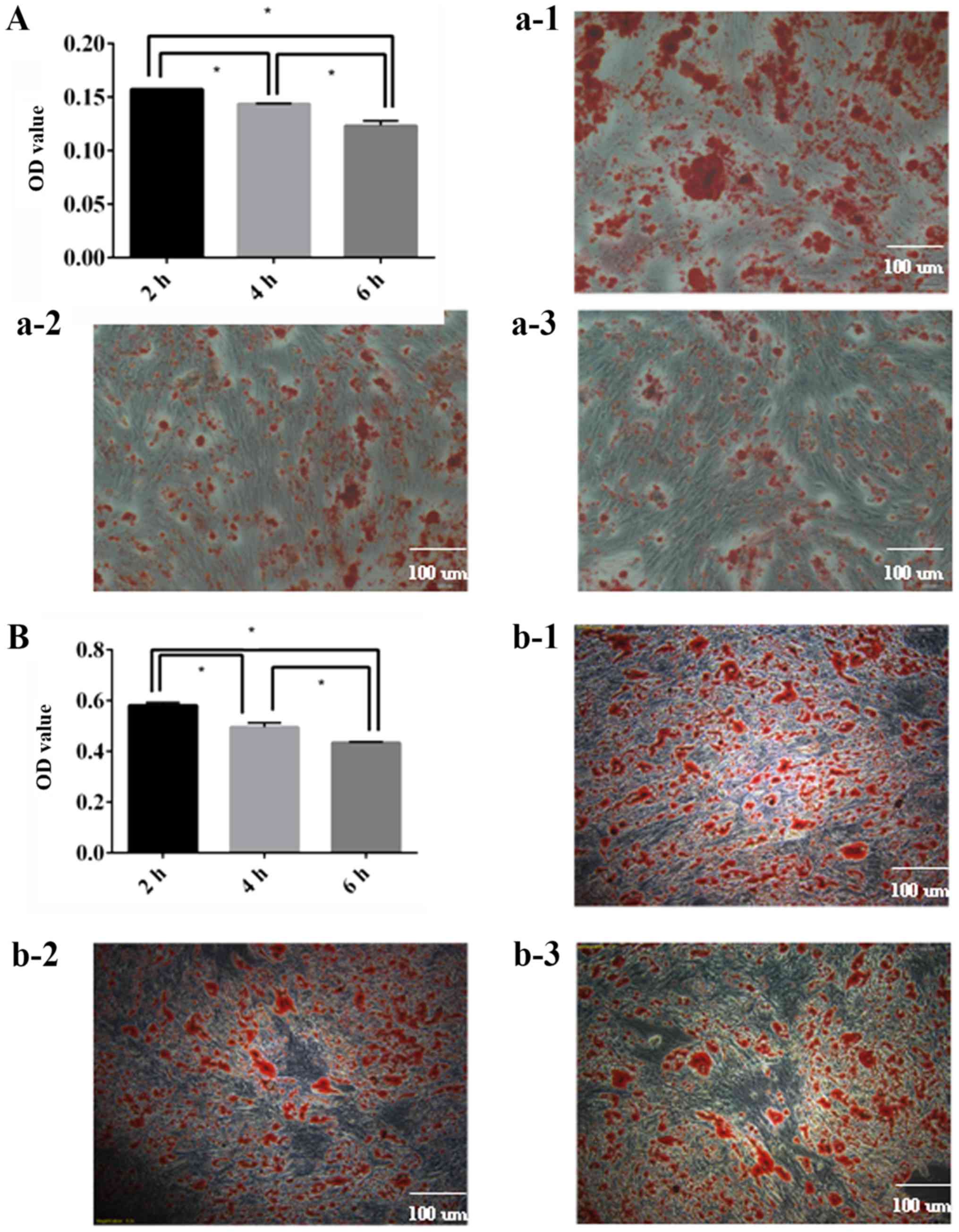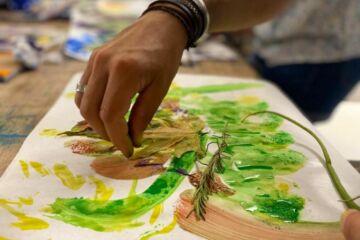
Building Young Minds: Early Childhood STEM Curriculum
In the vibrant world of early childhood education, the integration of STEM (Science, Technology, Engineering, and Mathematics) curriculum has become a cornerstone of nurturing young minds. From exploring the wonders of nature to building simple machines, early STEM curriculum opens doors to endless possibilities for our little learners. Let’s delve into the exciting realm of early childhood STEM education and discover its impact on the budding intellects of our youngest students.
Fostering Curiosity and Exploration
At the heart of early childhood STEM curriculum lies a deep-rooted desire to foster curiosity and exploration. Through hands-on activities, experiments, and play-based learning, children are encouraged to ask questions, make predictions, and discover the answers through their own investigations. This approach not only ignites a sense of wonder but also lays a solid foundation for future learning.
A Multisensory Approach to Learning
Early STEM curriculum embraces a multisensory approach to learning, recognizing that children learn best when they engage their senses. From feeling the texture of leaves during a nature walk to hearing the sounds of a homemade musical instrument, every activity is designed to stimulate multiple senses and enhance learning experiences. This holistic approach ensures that children are actively engaged and excited about learning.
Integrating STEM into Everyday Play
One of the beauties of early childhood STEM curriculum is its seamless integration into everyday play. Whether it’s building with blocks, creating patterns with colorful tiles, or experimenting with water and sand, children are constantly exposed to STEM concepts in a fun and interactive way. This play-based approach not only makes learning enjoyable but also encourages children to think creatively and problem-solve.
Developing Critical Thinking and Problem-Solving Skills
Early STEM curriculum cultivates critical thinking and problem-solving skills from a young age. As children explore cause and effect relationships, make observations, and test hypotheses, they develop the ability to analyze situations and come up with creative solutions. These skills are invaluable not only in STEM fields but also in all aspects of life.
Embracing a Growth Mindset
In the world of early STEM education, mistakes are not seen as failures but as opportunities for learning and growth. Children are encouraged to try new things, take risks, and learn from their experiences. This fosters a growth mindset, where children believe in their ability to learn and improve over time. This mindset sets the stage for a lifetime of curiosity, resilience, and success.
Connecting STEM to Real-World Applications
Early STEM curriculum bridges the gap between the classroom and the real world by connecting learning to everyday experiences. Children learn about the world around them by exploring topics such as plants and animals, the properties of materials, and the principles of gravity and motion. This hands-on approach allows children to see the relevance of STEM in their lives and inspires them to ask even more questions.
Promoting Collaboration and Communication
Through collaborative projects and group activities, early STEM curriculum teaches children the importance of working together and communicating effectively. As they build structures with classmates, conduct experiments in teams, and present their findings to others, children develop essential social and communication skills. These skills are crucial for success not only in STEM fields but also in any collaborative endeavor.
Encouraging a Lifelong Love for Learning
Perhaps the greatest gift of early STEM curriculum is the gift of a lifelong love for learning. By instilling a sense of wonder, curiosity, and excitement in children, educators lay the groundwork for a lifetime of exploration and discovery. Children who experience the joys of early STEM education are more likely to become lifelong learners, continuously seeking knowledge and understanding of the world around them.
Embracing Diversity and Inclusivity
Early STEM curriculum celebrates diversity and inclusivity, recognizing that every child brings a unique perspective and set of experiences to the learning environment. Educators strive to create an inclusive atmosphere where all children feel valued, respected, and supported in their learning journey. By embracing diversity, early STEM curriculum prepares children to thrive in a multicultural and interconnected world.
Empowering Young Minds for the Future
As we witness the transformative power of early childhood STEM curriculum, it becomes clear that we are not just shaping young minds; we are shaping the future. By empowering children with the skills, knowledge, and confidence to explore, create, and innovate, we are preparing them to tackle the challenges and opportunities of tomorrow. Early STEM curriculum is not just about what children learn; it’s about who they become—a generation of thinkers, problem-solvers, and changemakers ready to make their mark on the world. Read more about early childhood stem curriculum




